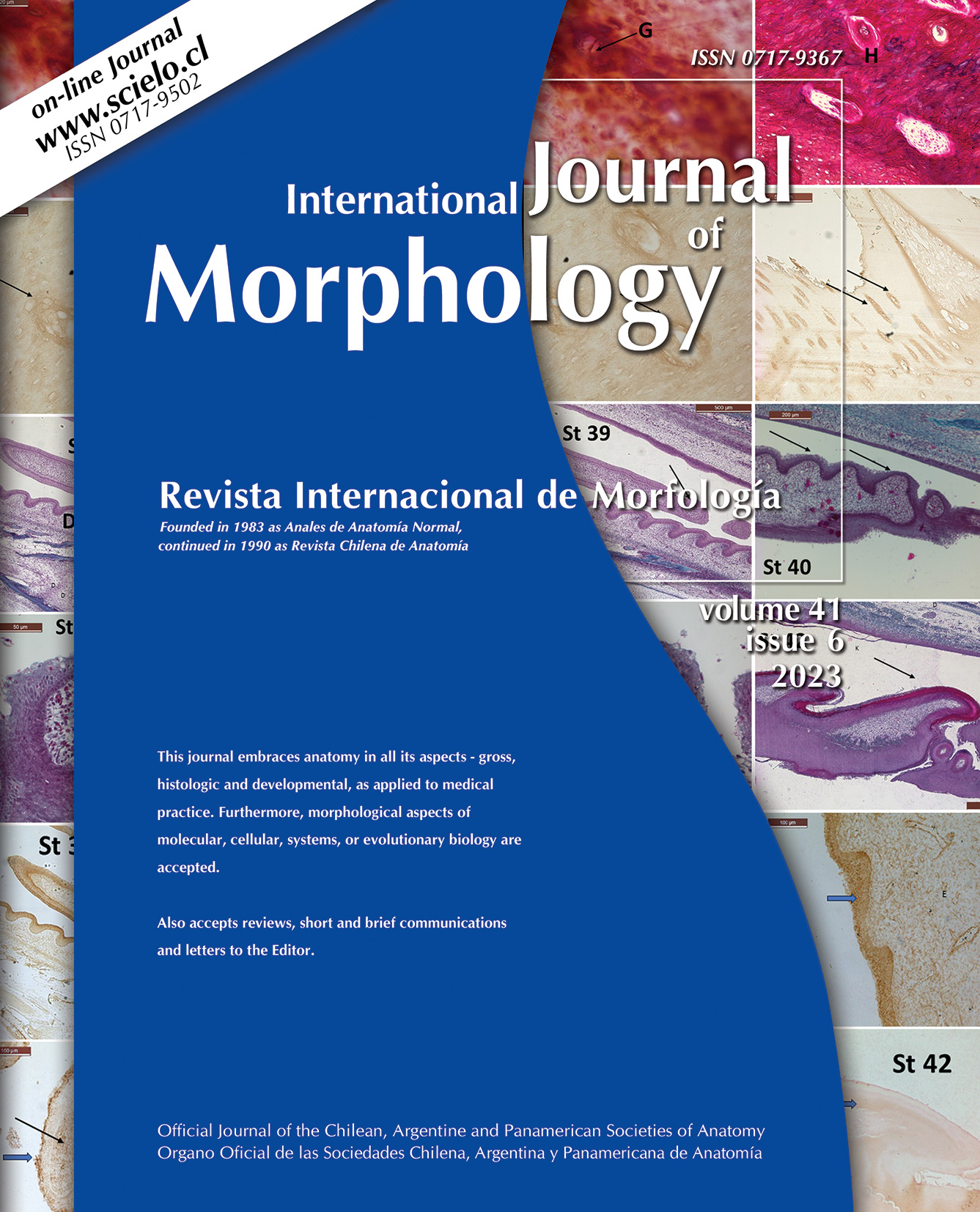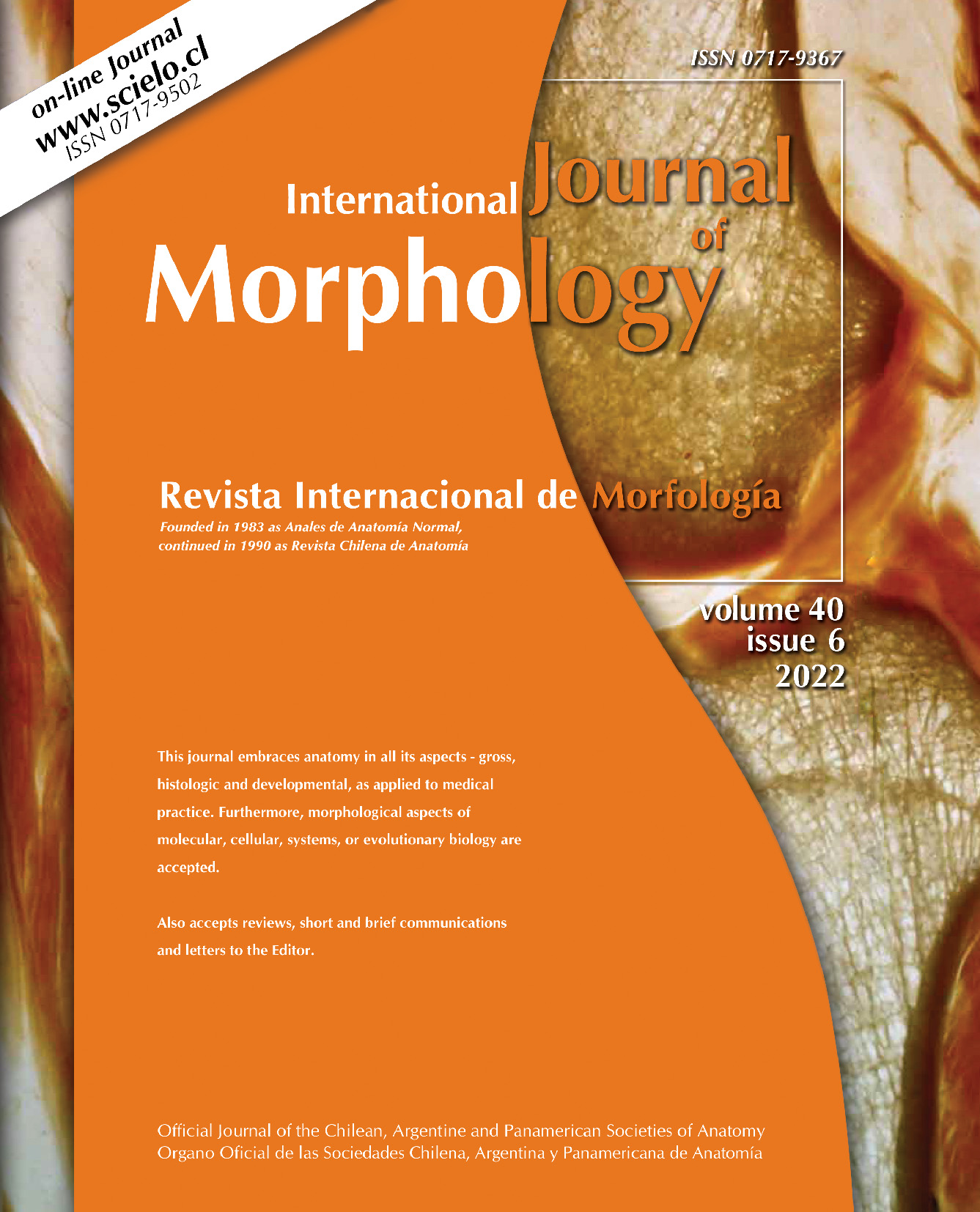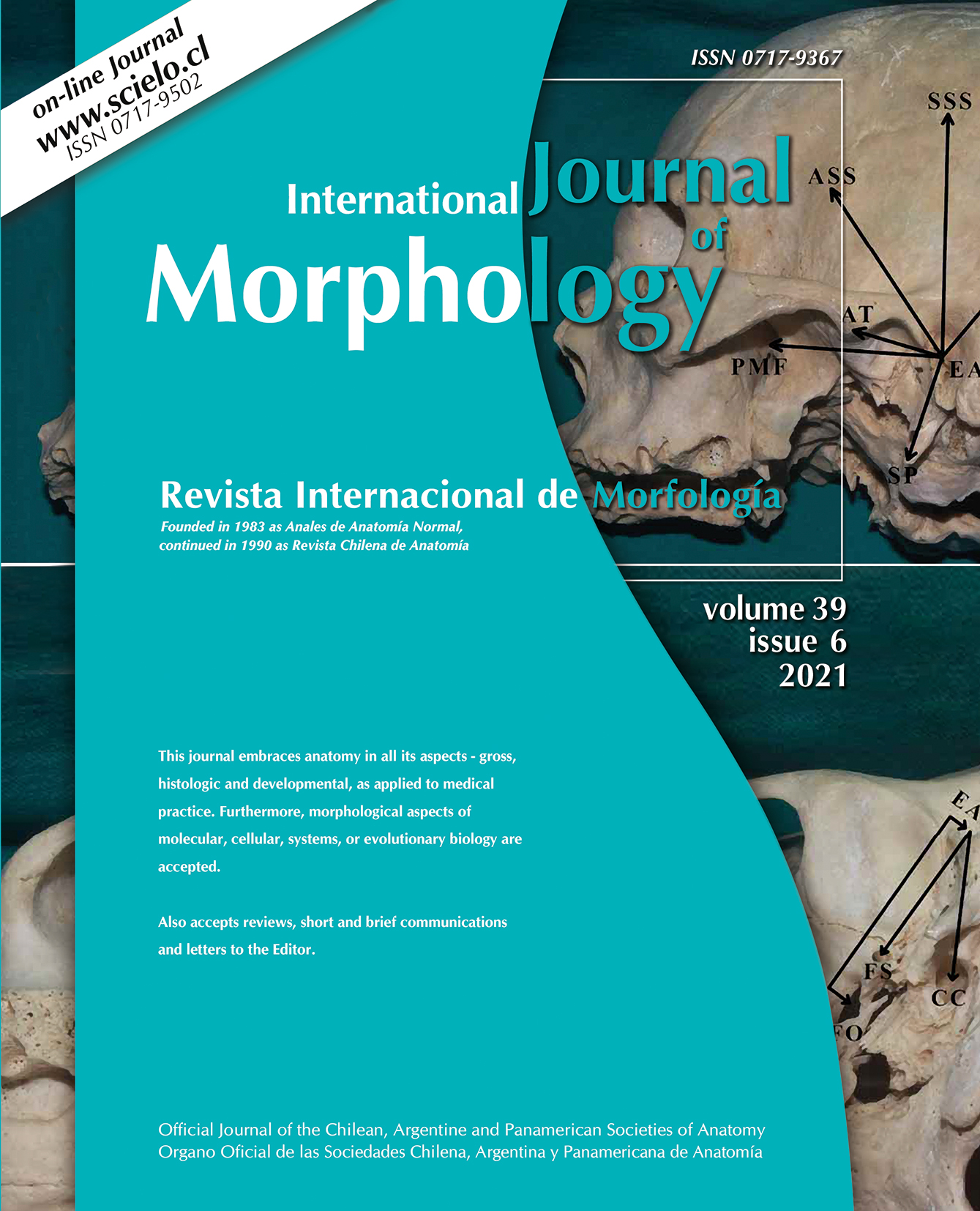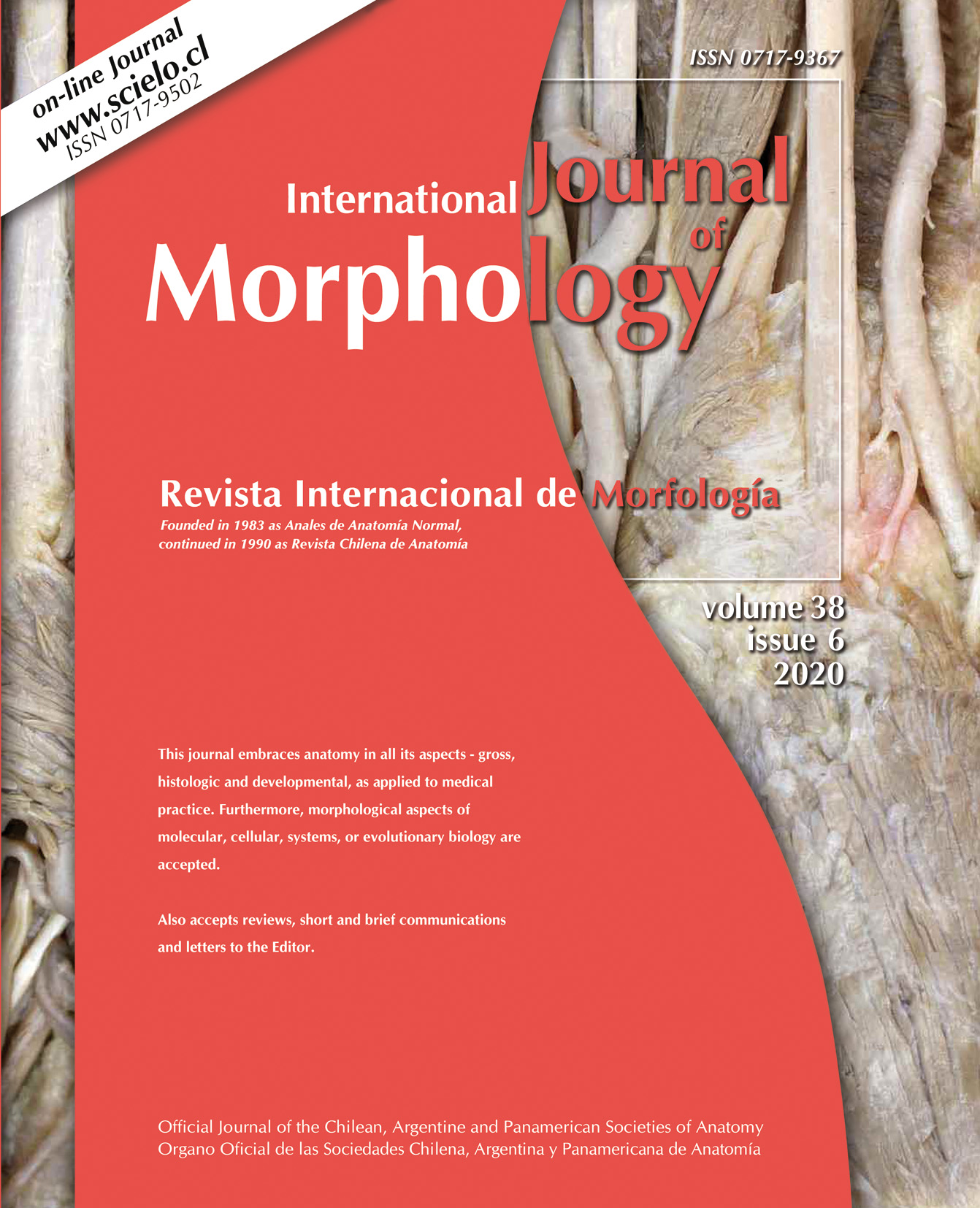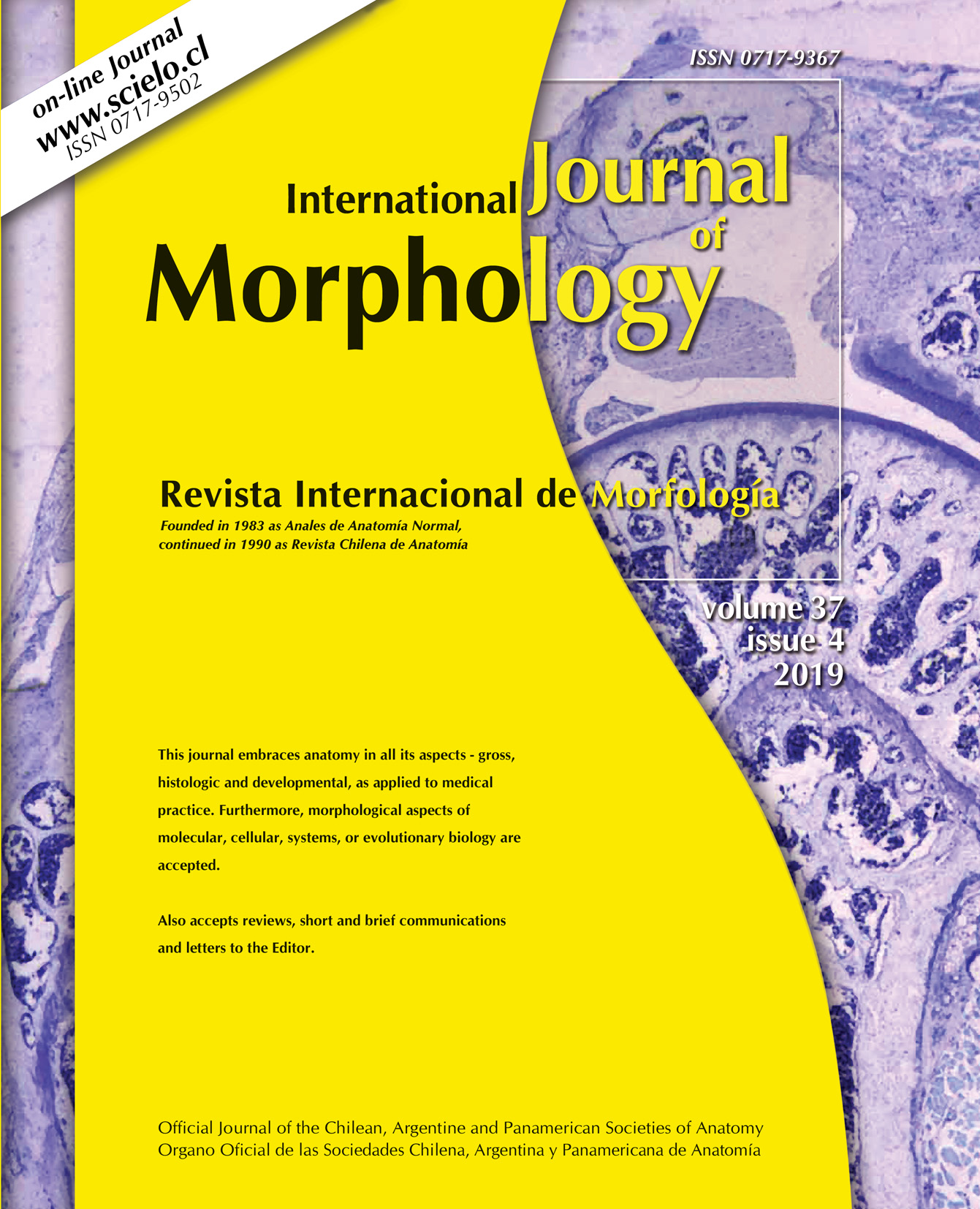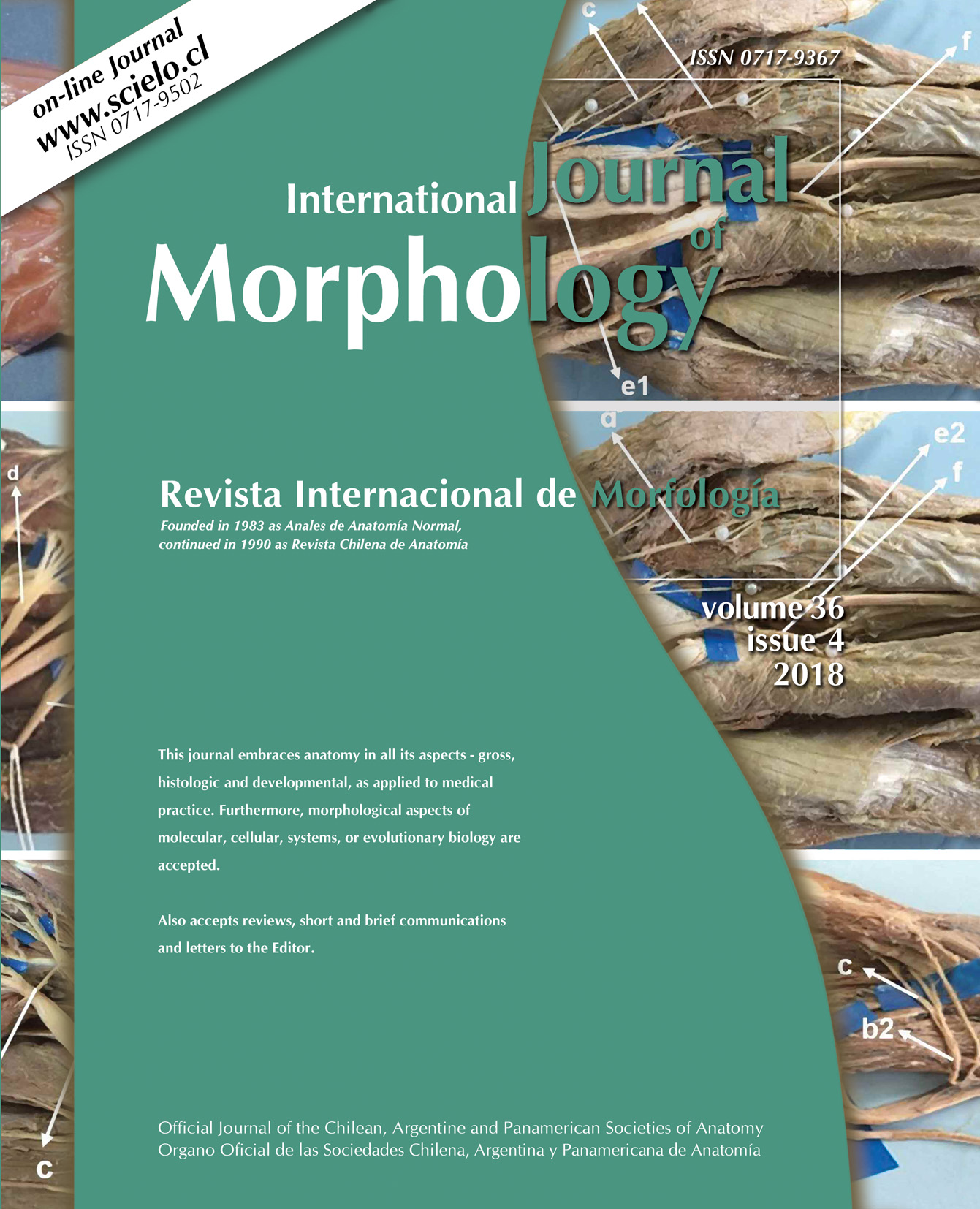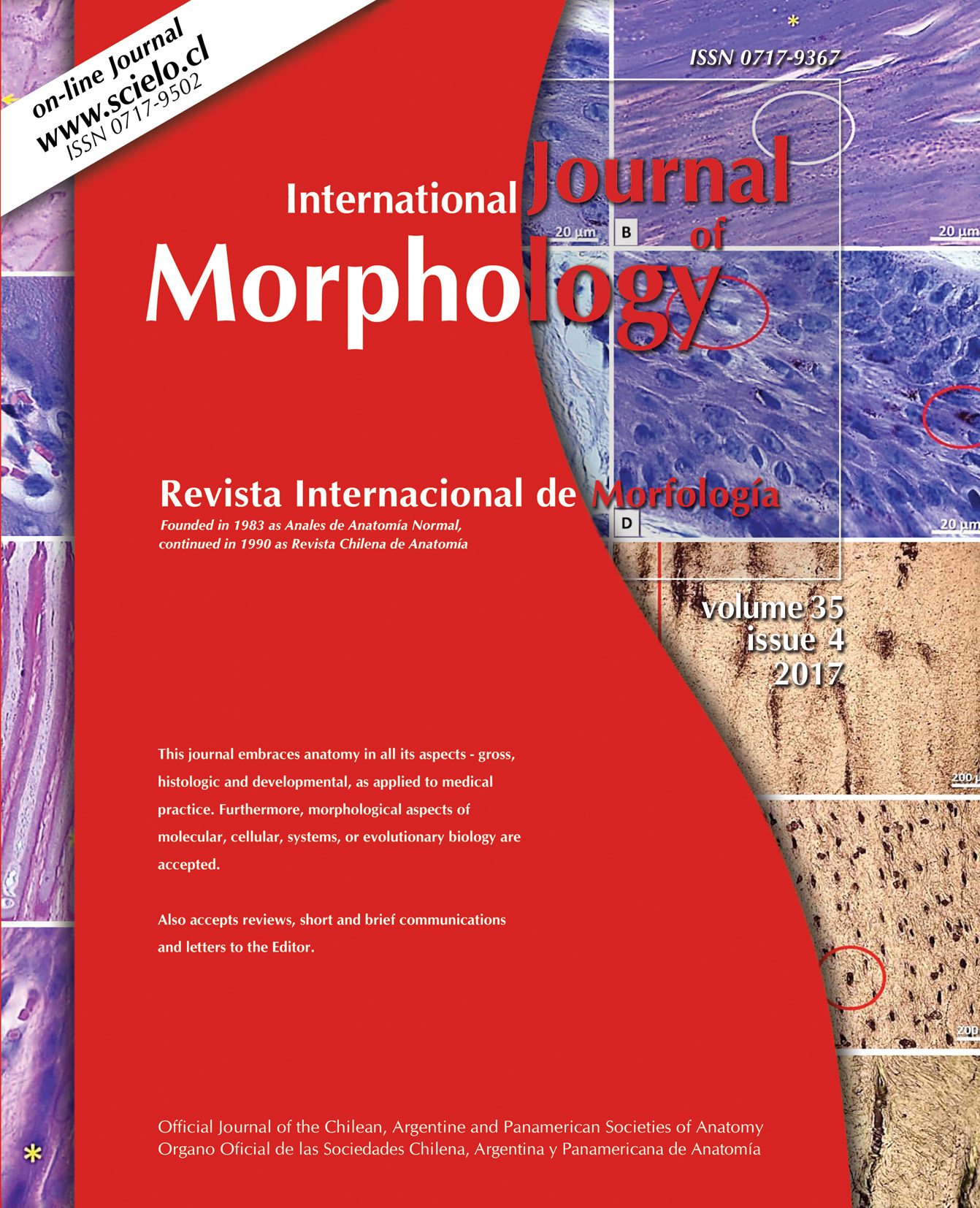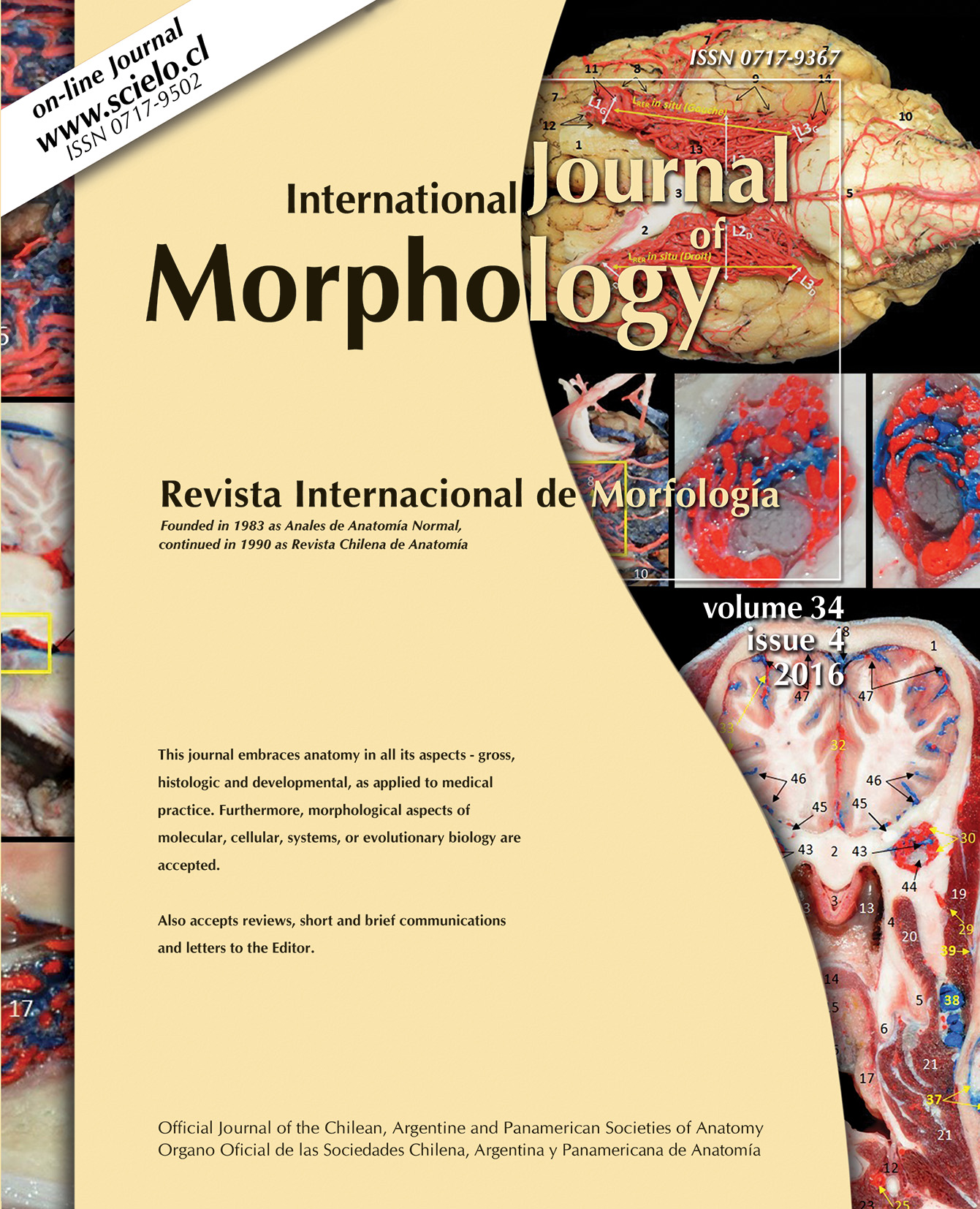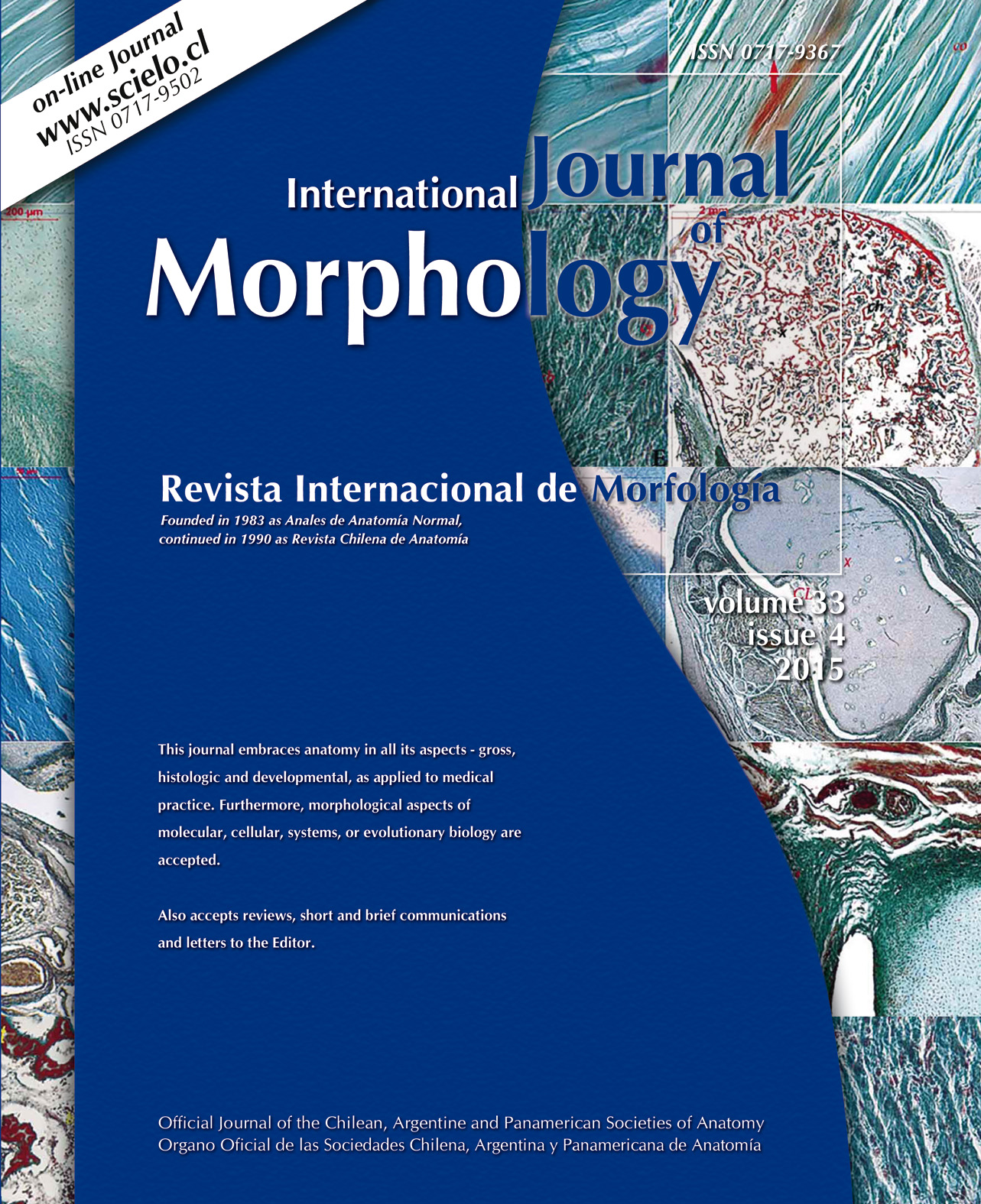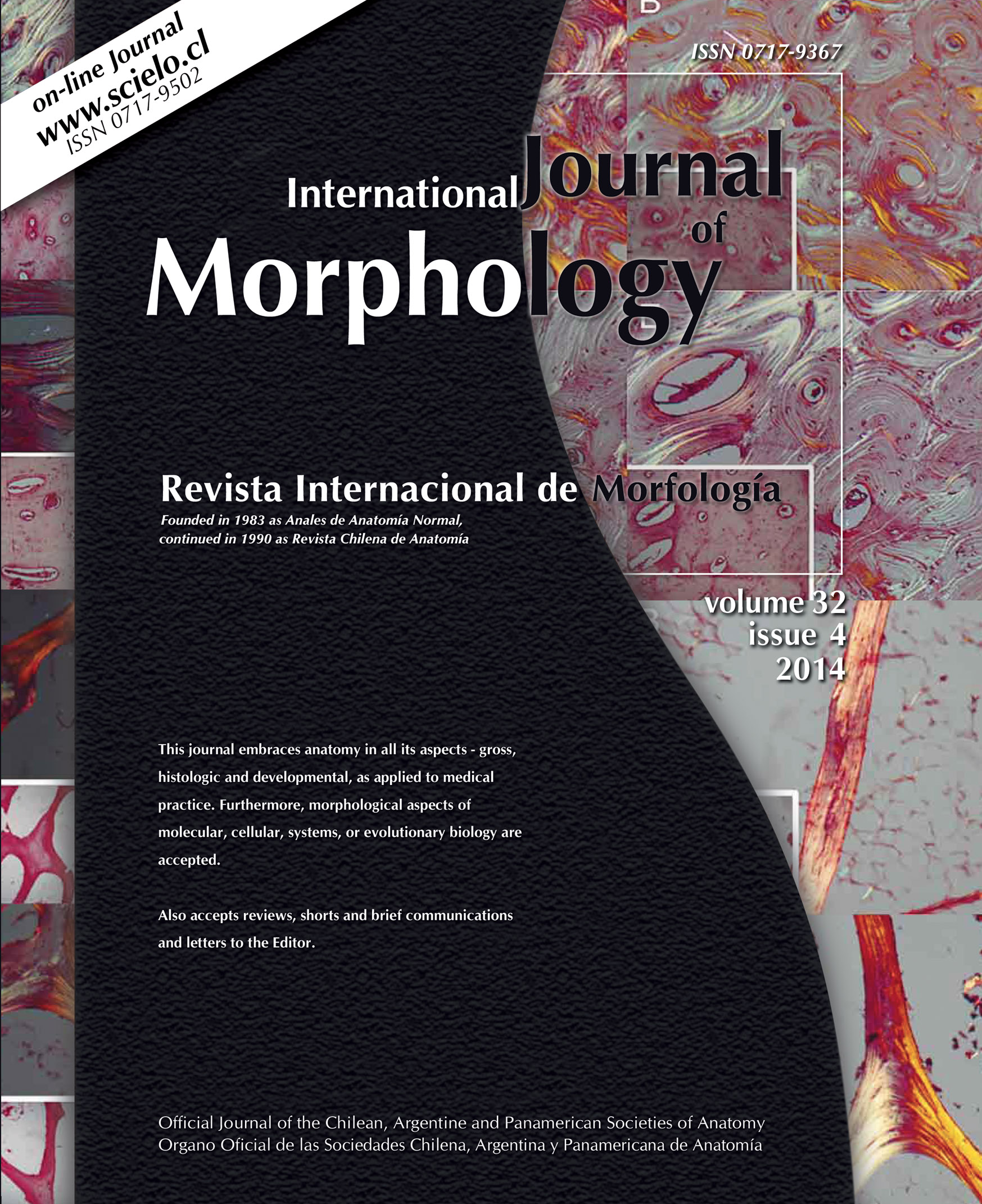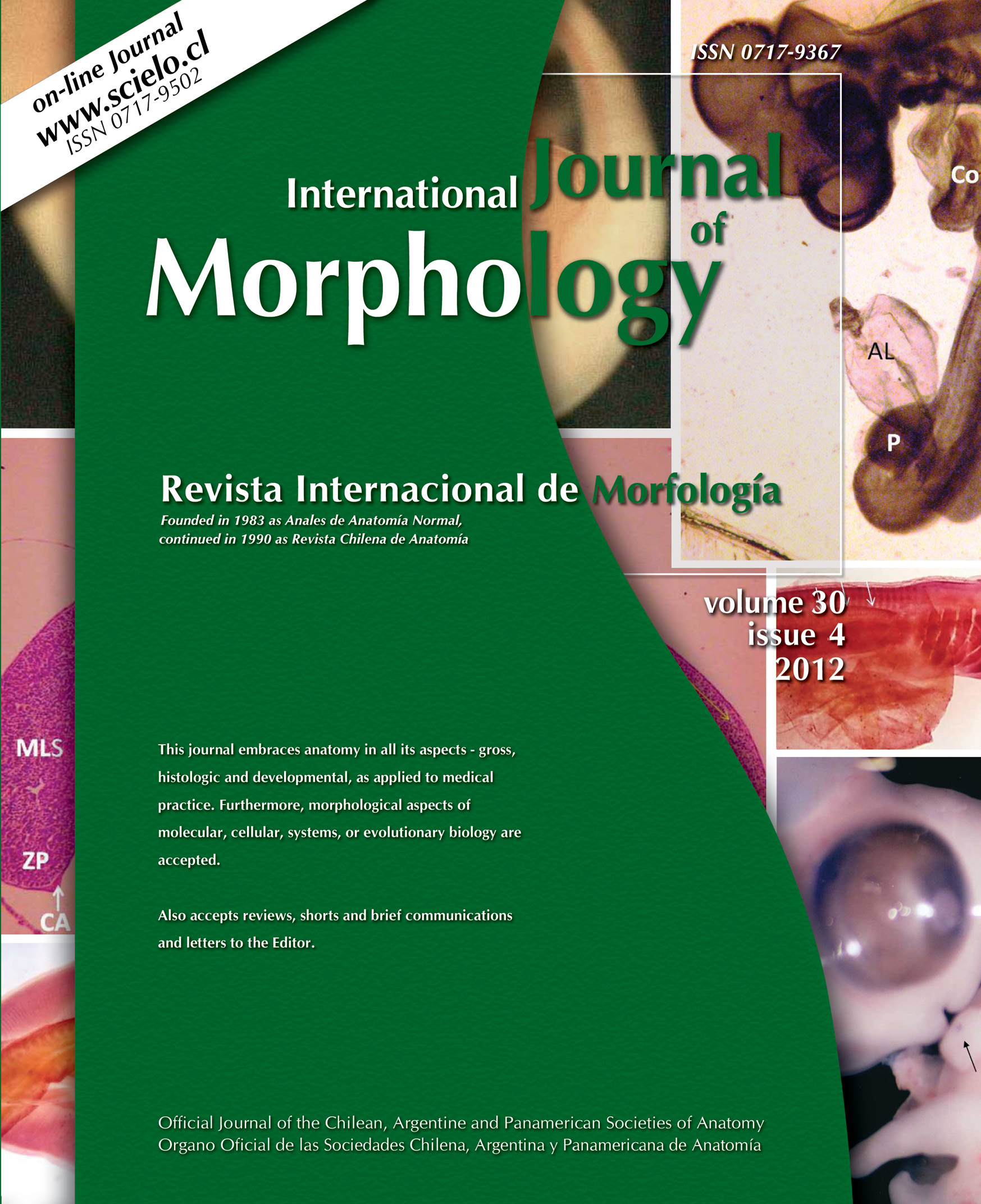Biomarcadores Salivales para el Pronóstico Temprano de la Enfermedad de Alzheimer
DOI :
Giovanna Villar; Melanie A. Canales & Jhoanna C. Espinoza
Resumen
According to Santos et al. (2020) the use of salivary biomarkers is feasible for the prognosis of Alzheimer's disease (AD); in the study, they found that the expression of total Tau (t-Tau) in patients with Alzheimer's was lower than in individuals without Alzheimer's, while the salivary concentration of b-amyloid (Ab42) is higher in patients with Alzheimer's, but not statistically different from subjects without the disease (Santos et al.).
However, there is confusion about the population they included in their study. In the different sections of the paper, as in the abstract and the introduction, the authors mention that the study involves patients with confirmed diagnosis of Alzheimer's, but in the methodology they specify that they are patients with probable diagnosis.
In addition, although authors mention the statistical analyses used, these are reported in the results section and not in methods. It would also be important to specify the p- value of each salivary biomarker, which were not observed in the graphs or legends of the study.
A contrast is also observed between the study development and the conclusion, since the objective does not refers to the evaluation of the viability of salivary biomarkers as a diagnostic predictor but rather of determining differences in their concentration; therefore, it is recommended to design a study to evaluate the efficacy of the salivary biomarkers use in AD prognosis.
On the other hand, it would be interesting to evaluate three groups in the study population (without diagnosis, with probable diagnosis and with confirmed diagnosis of AD). In the study conducted by Sabbagh et al. (2018), using ELISA for the quantification of biomarkers, it was shown that the concentration of Ab42 in saliva was statistically higher in patients with AD than in people without AD.
Several studies of salivary biomarkers for AD diag- nosis indicate that brain deposits of t-Tau protein and Ab42, begin to occur 10 years before the disease clinical onset, and even before (Lee et al., 2019). Although AD occurs in patients over 65 years of age in 60 % to 80 % of cases, 30 % to 40 % of cases may occur in patients under 65 years of age (Gleerup et al., 2019). Therefore, it would be interesting to consider a wider age range and include younger patients in the research studies of these biomarkers.The use of salivary biomarkers in AD creates a deba- te in medical practice, so it is necessary that studies on these biomarkers are increasingly extensive and specific, since they are very promising as they are non-invasive and accessible due to their low cost.












